What Causes Death of This Enormous Aeonium?
westes Zone 9b California SF Bay
last year
Featured Answer
Sort by:Oldest
Comments (14)
Tiffany, purpleinopp Z8b Opp, AL
last yearwestes Zone 9b California SF Bay thanked Tiffany, purpleinopp Z8b Opp, ALken_adrian Adrian MI cold Z5
last yearwestes Zone 9b California SF Bay thanked ken_adrian Adrian MI cold Z5Related Discussions
Ron - On Grafting - Own Roots, Rose Life and Death etc.
Comments (24)Taoseeker, Thanks for the information on the European history with long term use of their most common rootstocks. I find it interesting and very useful and hope for long term good results - more vigorous root growth translating into more resilient bushes. I do remember seeing a number of times R. laxa use mentioned in the hybridizing experiments by the Canadian pioneer prairie hybridizer. One of the Skinners I have is apparently a cross with it and a pimpinefollia - sorry have not taken the time to check if it is Haidee Suzanne Butterball or all. Makes me wonder if that was the influence of their European ancestry, availability or factual superior hardiness - don't know but in 5 years I should. By the way very pleased to see very good cane survival for the first year on my Portland named Marie Jean I got from Lynnette last year when she gave up on it. Melissa, There is a gentleman in British Columbia I met through Lynnette who has made it a mission to collect and save Geschwinds. I need to let him know what I received and get him some cuttings. The two Canadian nurseries that I would be happy to share cuttings (gratis) that graft I have not approached as it gets too close to commercial for me and I would have to be absolutely sure that the roses are out of patent before even contact (most are over 100 years old so I am probably safe). However I sense both of them have absolutely the strictest of QA controls and would do it on their own so as to be sure of providence and disease free stock - if they survive winter and prosper I may contact them to guage their interest ... they both export to the States. Kaylah Hi, I was fortunate my Charles de Mills that I cover and is in the south gardens has 3 foot canes and lots of them ... problem is blooms are usually in short supply and last year I think I got 3. I leave it as it always grows well and takes to protection well. All my other dark gallicas are history except for the many exmaples of Belle d'Crecy I got as delambre - it also seems to survive well if covered ... but too much damage and the blooms are gone. All my cardinal Richelieu departed voluntarily over the years (3). Me I fool around with teas but only in pots and bring them in in October ... got a couple new ones this year. My FMkruger ... is a monster in zone 3 (hahhaha) and I think I must of got the most vigorous clone of this tea via Quebec. Kids you not take a cutting - stick in earth in the house and it takes like in February when I accidentally snapped a branch off ... now I got two with the younger being already at least foot high in 4 months and has gone through one bloom cycle. But the one I really miss is Mrs Schwartz ... almost as reliable as Mlle Franz Krueger (sp) ... forgot to take a cutting and over wintered her in the garage and she and all the other ones died - fortunately had cuttings for 3 of them in the basement to replace them - there as tall in two 365 day a year growing seasons as the originals....See MoreBlooms = death?
Comments (11)Plants that stop growing or die after blooming have their bloom stalks arrise from the center of the plant. That is to say, they bloom from their terminal bud or growth tip. We see this in lots of plants. Aeoniums and many sedums will bolt into flower as their terminal bud grows quickly from a flat rosette to a candelabra of flower buds. Bromeliads also flower from their terminal buds, thus the flowers are always from the center of the cup. If I remember correctly the succulent broms like dyckias and puyas also flower from their terminal buds. So, these plants will split into multiple offsets after flowering. This can be unfortunate in a beautiful specimen of Dyckia platyphylla with a single large symetrical rosette of glossy bronzy succulent leaves. After it flowers it will divide into several main heads while it also offsets around the base, eventually making a tightly compacted thicket of offsets. Plants that flower from their terminal buds but do not offset will die. Examples of this are certain aeoniums like A. nobilis, A. tabulaeforme, Agave victoria-regina, some large rosulate tillandsias, navelworts, etc. In the example of agaves one often finds offsetting and non-offsetting forms in the same species. So, nowadays, most of the Agave victoria-reginas that we see are offsetting clones. But, when I first started growing succulents the only plants of this species that I saw were non-offsetting plants that were grown from seed. When a plant flowers without offsetting as in these examples they are called "monocarpic". Many plants that flower from terminal buds will persist for many years, gradually going down hill. In sansevierias we see this in mature growths that flower, stop growing and then just sit. They can look very good for quite a few years but eventually start to slowly die, usually with the outer leaves dying first. With trifasciata I like to cut out the old growths at their base, to improve the look of the plants and open them up so that the newer growths have room to grow. I often do this with broms as well. But, if I have something I want to propagate I sometimes remove the new growths as they mature and keep the ugly old growths to offset again. I have some Aechmea orlandiana 'Ensign' plants that got really ratty but put up beautiful new growths every year. I have also done this with Sans. 'Moonshine' and 'Laurentii Aurea'. Jon...See MoreWhich Causes More Regret:
Comments (26)In our last new build 13 yrs ago, we went to a safe neutral through the whole house--a very light, warm smokey gray. I really grew to love it. We'd always planned on changing some rooms here and there, but only ever painted 1 room a light sage green after I stopped being scared of painting--because I'd never done it before until we finished the basement and I learned down there by doing all the priming and painting myself. Fast forward to our second newly built house. We were determined to be bold this go-round. We got 4 colors included in our painting allowance with only $200 per color change after that. Figured it was worth it, so I got to color-shopping. Now I'm scared. I'm not used to so much COLOR! I love most the individual rooms when I take them one at a time, but walking into the foyer, I'm a bit overwhelmed. I used SW Blonde for the 2-story foyer, great room, kitchen, and up the stairs. I wish I'd gone one lighter. Hubby, however, says he loves it (but sometimes he tells white lies to keep me from changing things). I used SW Avenue Tan (light sage green in my light) in the master bedroom / bath / 2 rooms upstairs / garage and LOVE it. It's so soothing; I'm really wishing I'd used that as my main color (foyer / upstairs / great room). Anyway....it really is all about the individual's personality. Only you will know what YOU will find more "peaceful" in the end. I was just looking at pics of my last house and really missing it (and the look / color). HOWEVER, while living there, I remember regreting sometimes that I didn't have some colorful rooms. Ha. I guess there's no pleasing some people (like me!). My builder's wife said to me, when I was worried about the flooring color--"....but then, you like contrast." WHAT? That's news to me. I've always played on the safe side of the street. It's only paint (except to tight-wad me who would have to pay someone to repaint the foyer because it's 19' tall)....See MoreLet’s post Aeonium pictures
Comments (40)Here are a couple more 'now and thens'. This one makes a nice mound. It is not as leggy as many others get. The green is now post rain. The difference is not as dramatic on this large headed variety. In late spring it is more grey and the red is more pronounced. atropurpureum. atro. v. swartzkopf. This one is a little harder for me to root than most. I don't know the name. haworthioides. I like this one in both seasons. Maybe I like the red better because I have other plants that get dark. I need to get this one in the ground to see if it will grow a little stronger....See Moreken_adrian Adrian MI cold Z5
last yearwestes Zone 9b California SF Bay thanked ken_adrian Adrian MI cold Z5Tiffany, purpleinopp Z8b Opp, AL
last yearwestes Zone 9b California SF Bay thanked Tiffany, purpleinopp Z8b Opp, ALcactusmcharris, interior BC Z4/5
last yearwestes Zone 9b California SF Bay thanked cactusmcharris, interior BC Z4/5westes Zone 9b California SF Bay
last yearcactusmcharris, interior BC Z4/5
last yearwestes Zone 9b California SF Bay thanked cactusmcharris, interior BC Z4/5Tiffany, purpleinopp Z8b Opp, AL
last yearwestes Zone 9b California SF Bay thanked Tiffany, purpleinopp Z8b Opp, ALMatt z5b - Greenhouse 10a
last yearwestes Zone 9b California SF Bay thanked Matt z5b - Greenhouse 10awestes Zone 9b California SF Bay
last yearstanofh 10a Hayward,Ca S.F. bay area
last yearwestes Zone 9b California SF Bay thanked stanofh 10a Hayward,Ca S.F. bay area
Related Stories
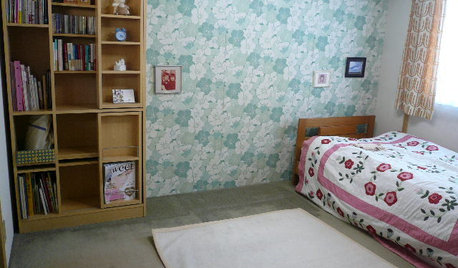
BOOKSCan Tidying Up Result in Life-Changing Magic?
Organizing phenom Marie Kondo promises big results — if you embrace enormous changes and tough choices
Full Story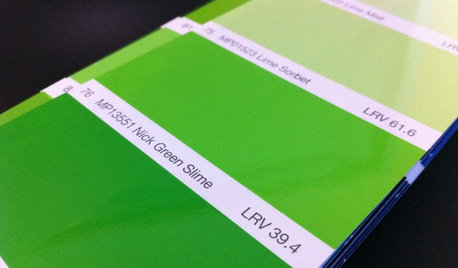
DECORATING GUIDESFrom Queasy Colors to Killer Tables: Your Worst Decorating Mistakes
Houzzers spill the beans about buying blunders, painting problems and DIY disasters
Full Story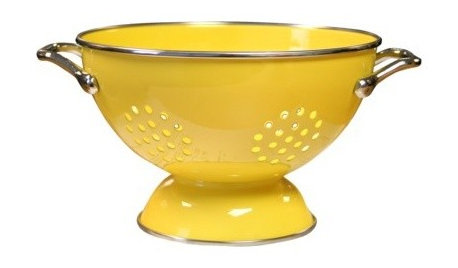
PRODUCT PICKSGuest Picks: The Well-Stocked Starter Kitchen
We’ve got all the kitchen basics and tableware you need (or that recent grad needs) to make cooking a joy
Full Story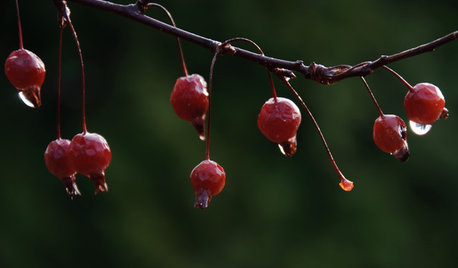
GARDENING FOR BIRDSFeed the Birds: 6 Plants for Abundant Winter Berries
Be kind to your fair feathered friends during lean food times by planting a shrub or tree loaded with nutritious snacks
Full Story
FUN HOUZZ10 Things People Really Don’t Want in Their Homes
No love lost over fluorescent lights? No shocker there. But some of these other hated items may surprise you
Full Story
DECORATING GUIDESDitch the Rules but Keep Some Tools
Be fearless, but follow some basic decorating strategies to achieve the best results
Full Story
HOLIDAYSCollecting Christmas Ornaments That Speak to the Heart
Crafted by hand, bought on vacation or even dug out of the discount bin, ornaments can make for a special holiday tradition
Full Story
UPHOLSTERYThe Perks and Perils of Reupholstering Old Furniture
Secondhand upholstered pieces can add character to a room, but beware of bugs, snakes and hidden costs
Full Story
BEDROOMSRethinking the Master Bedroom
Bigger isn’t always better. Use these ideas to discover what you really want and need from your bedroom
Full Story
PETSDealing With Pet Messes: An Animal Lover's Story
Cat and dog hair, tracked-in mud, scratched floors ... see how one pet guardian learned to cope and to focus on the love
Full Story


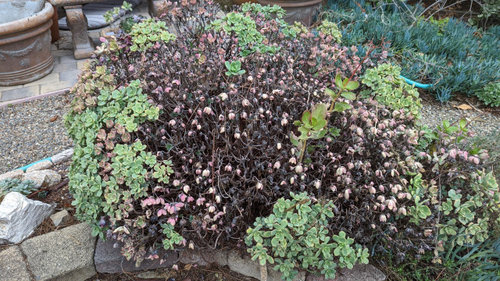
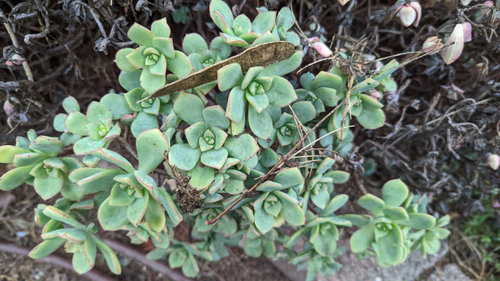

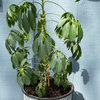
stanofh 10a Hayward,Ca S.F. bay area